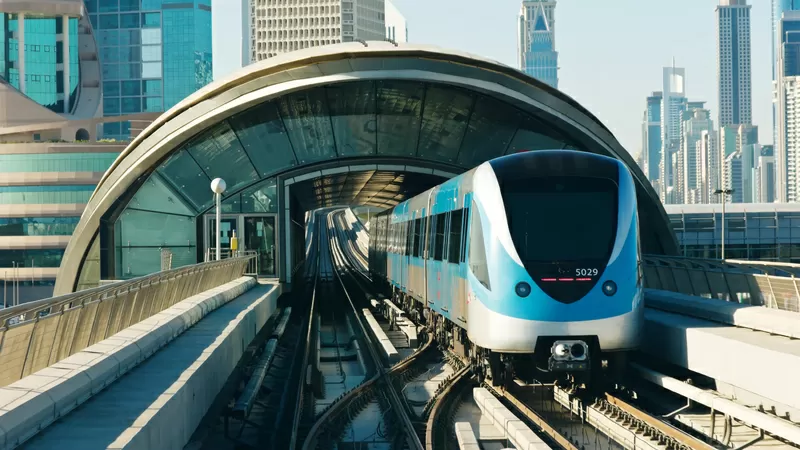Bridging High-Tech and Local Insight: The Future of Hurricane Modeling

The Evolution of Hurricane Forecasting
Sophisticated computer modeling has revolutionized the way we forecast weather-related disasters, providing insurers with the confidence to cover risks like flood that were once deemed uninsurable. These models leverage high-resolution images, big data, and complex algorithms to predict the potential human toll and economic impact of hurricanes. However, the predictive power of these models is not solely dependent on technology; it also relies heavily on local knowledge and on-the-ground observations.

The Role of Local Knowledge in Modeling
After a hurricane event, engineers are quickly dispatched to survey structural damage and identify linkages to the storm's characteristics. This information is crucial for refining and improving the models. For instance, following Hurricane Maria in 2017, an RMS team found that reinforced-concrete buildings in Puerto Rico performed exceptionally well, limiting structural and interior damage. This local insight not only validated the modeled loss estimate but also contributed to the continuous improvement of the model.

Integrating Geospatial Technologies
Recent research highlights how advances in geospatial technologies enable the incorporation of qualitative local knowledge into mathematical models. This integration supports the evaluation of potential outcomes for restoration and protection projects, aiding in mitigation and recovery plans. Local knowledge mapping is one such approach that marries modern technology with the experiences of those most affected by natural disasters. For example, a study by the National Hurricane Center showed that areas with higher local knowledge and preparedness had significantly fewer casualties during Hurricane Dorian in 2019.
To make the most of these advancements, it's essential for communities to invest in local knowledge and preparedness programs. By doing so, they can better withstand and recover from natural disasters, leveraging both high-tech modeling and local insight.